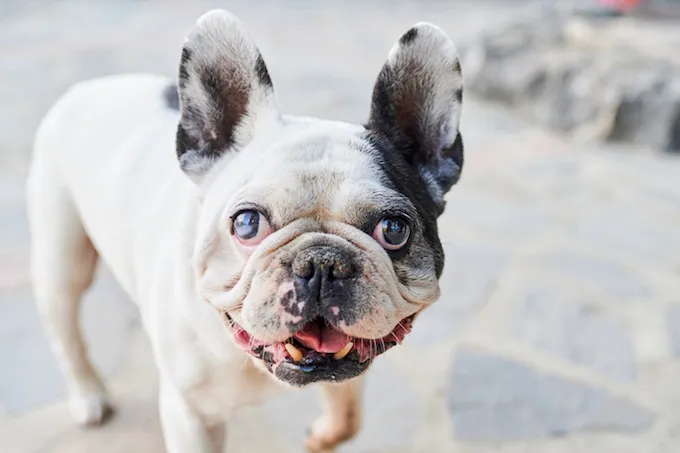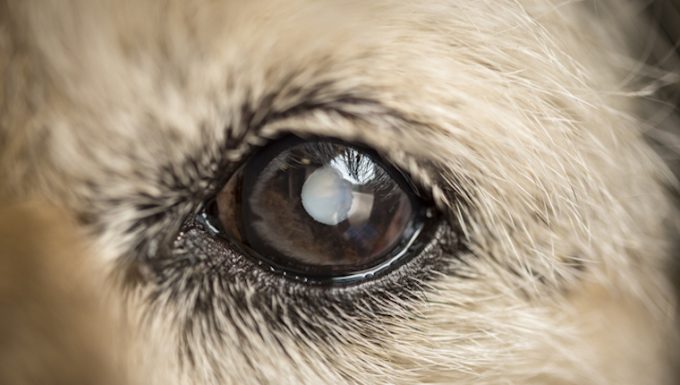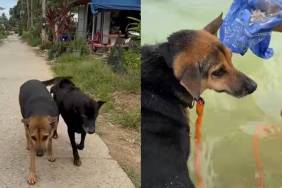Cataracts in dogs is a condition that affects the eyes. Specifically, a dog’s eyes will appear cloudy instead of being clear.
Generally, the condition affects a dog’s vision.
Additionally, some breeds inherit the condition. For example, Boston Terriers, Yorkshire Terriers, and French Bulldogs are at risk of the condition.
If you see the signs of cataracts in your dog, then get to a veterinarian for a proper diagnosis and treatment.
Here’s what you should know about the symptoms, causes, and treatments for the condition.
Symptoms of Cataracts in Dogs
The condition produces a range of symptoms. For example, some of the most common symptoms include:
- Acting clumsy
- Bumping into objects
- White spot in the pupil
- Scratching at eyes
- Cloudy eyes
- Inflammation
- Losing weight
Causes of Cataracts in Dogs

The cause of the condition is usually hereditary. For instance, some of the breeds that suffer from the condition the most include:
- French Poodles
- French Bulldogs
- Labrador Retrievers
- Boston Terriers
- Yorkshire Terriers
- Welsh Springer Spaniels
- Miniature Schnauzers
- Siberian Huskies
- American Cocker Spaniels
- American Staffordshire Terriers
Additionally, other factors can contribute to the condition. For instance, common factors include:
- Diabetes
- Trauma
- Old age
- UV light exposure
- Nutritional problems
- Low calcium levels
Treatments for Cataracts in Dogs
Firstly, your vet will ask about your dog’s symptoms. Secondly, your vet will ask about your dog’s full medical history. This will include breed-specific issues.
Thirdly, a full physical examination will be carried out. Special attention will be paid to the eyes. Your dog’s eyes will be dilated during this.
Generally, dogs are referred to an ophthalmologist to confirm the condition.
Treatment involves surgery. This is to remove the affected lens. Thankfully, dogs undergoing this process have a good recovery rate.
While recovering at home, your dog will need to wear an Elizabethan collar. Additionally, eyes drops will be prescribed. As always, if your vet prescribes your dog any medicine, make sure to stick to the correct dose and frequency instructions. Also, complete the full course of medicine.
Have you ever cared for a dog who suffered from this condition? How did your vet help your dog recover? Let us know in the comments section below.









